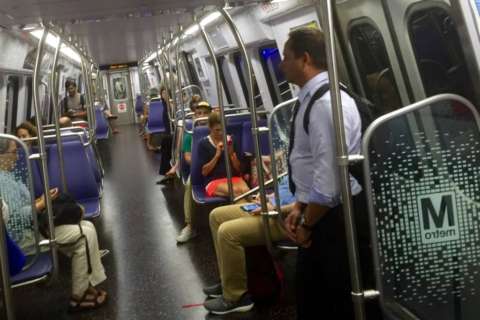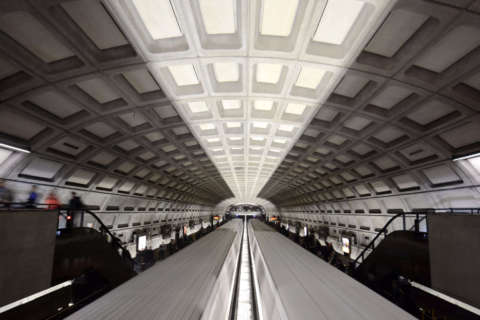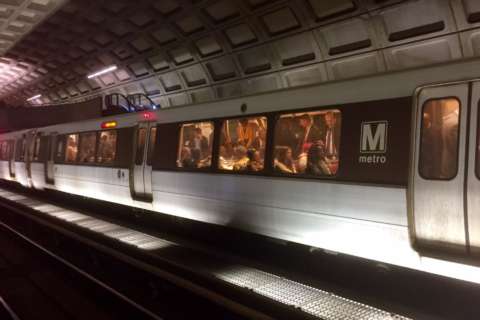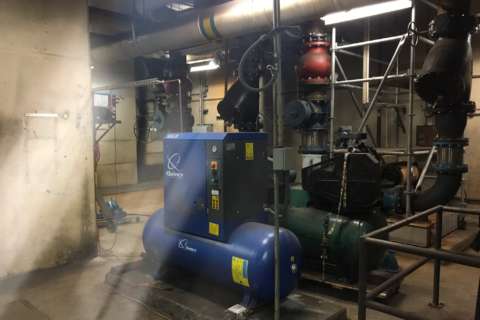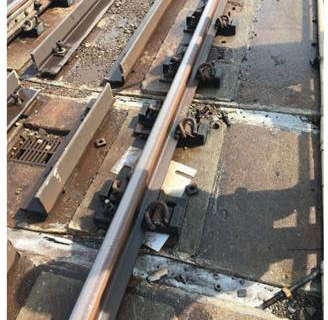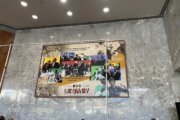TWINBROOK — On the final day of a major Orange Line shutdown in Prince George’s County and Northeast Washington, and ahead of a nine-day shutdown of the Shady Grove end of the Red Line, regional leaders celebrated upcoming changes to Metro track work disruptions and promised better service in the future.
June 25 “will be a new day for us in terms of schedules and fares and other things,” General Manager Paul Wiedefeld said. “… that will be a different type of commute that day, [and] particularly the 26th. Give yourself a little bit more time as we work through some of the startup period of that, but I’m sure it will go well.”
Metro raises fares June 25 for the first time in three years, while also cutting service hours and scheduled rush-hour service to every eight minutes at the end of each line.
Wiedefeld stood with regional leaders Thursday warning riders of the June 17-25 Red Line shutdown, which will make Twinbrook the northwestern end of the line rather than Shady Grove. After that round-the-clock work zone, weekend riders are scheduled to bear the brunt of disruptions, with at least one work zone expected to affect each line nearly every weekend for the foreseeable future.
Metro has also already announced three more round-the-clock shutdowns over the next year, even as its leaders celebrate what the agency calls the “end of SafeTrack.”
“This is not the beginning of the end; this is the end of the beginning,” Montgomery County Council President Roger Berliner said.
D.C. Councilmember and Metro Board Chair Jack Evans joked that Berliner stole his line, but said 13 months of work under Metro’s initial rush-hour surge program is something to celebrate.
“For an organization that people roundly criticized as not being able to do anything … this is an enormous achievement,” Evans said. “We have now corrected the worst parts of Metro; we’ve saved the patient from dying, but the patient is still pretty sick. We have a lot more work to do.”
While the track-work surges focused on only about one-fifth of the system, and were not able to address every problem in all of those areas, Wiedefeld said the rest of the system, including the heavily-trafficked downtown core, is not in as urgent need of repair.
“The remainder of the system is in good shape; it needs a lot of work, but from a safety standpoint, if there were safety issues we would get in there immediately,” Wiedefeld said.

